About Equipment
What equipment do I need to get started?
A mountain bike in safe and working order is critical. We can help you with bike shop and mechanical support and resources to make sure bike is safely ready to ride. If you don’t have a bike, we can help you get one through discount programs with our NorCal and bike shop sponsors, and possibly through our fleet of loaner bicycles.
Helmet in good condition.
Safe, comfortable clothes and appropriate shoes. We recommend padded mountain biking shorts.
Water bottle or hydration pack (aka Camelbak) and a snack (e.g., energy bar)
Basic tools to fix a flat (spare tube, pump, patch kit). A multi-tool is also advised.
More information about this topic can be found on our Bike & Gear page.
Do I have to wear silly looking bike clothes?
Ha! No, comfortable clothes that you can safely ride in are fine, but there’s a reason bike shorts have padding. We can talk about that. Tight, stretchy clothes are comfortable, don’t get too sweaty, and stay out of the way. We recommend that kids do not wear cotton for riding, as it gets wet and cold in the winter, and it doesn't evaporate as well as other materials in warmer weather. Cotton is also prone to cause chafing.
What kind of bike do I need?
There are two common divisions of mountain bikes; full-suspension and hard-tail. A full-suspension bike has a rear shock, and the frame is made of pieces which move on pivots. Full-suspension bikes can have lots of travel, and be more for going fast downhill, or have short travel, and before more cross-country use. A full-suspension bike with lots of travel is going to be pretty fun, but it's also going to be heavier, and will require more maintenance. (The pivots and rear shock need to be serviced once or twice a year.)
Depending on how much it's designed to be fun going downhill, it may be less fun going uphill. For cross-country racing, which involves climbing and descending hills well, it's hard to beat a "hard-tail" (no rear suspension) bike. We like 29" wheels (the bigger wheel size) for medium-to-tall kids, and 27.5" wheels (the next wheel size down) for small-to-medium kids. For the race courses and training rides we'll do, a hard-tail 29er is optimal.
It's also really good for most Bay Area terrain. You don't really need a full-suspension bike around here, but the faster you go downhill, the more fun they are. There are some trails that reward them. A "cross-country" (or XC) bike is best for our sport, whether full-suspension or hard-tail.
Where should I get a bike?
Our National Interscholastic Cycling Association (NICA) ensures all student athletes and coaches get deep discounts on bikes from Trek and Specialized : 25%. Our NorCal League gets us 15% off Canyon bikes as well. Most shops in the Bay Area that sell these brands are familiar with the deal. It's a pass-through deal: it is from brand to athlete, the shop simply assembles and transacts with the buyer, so the shop doesn't lose money on the deal.
How much bike maintenance is required?
All new bikes will need tune-ups, once they’ve been ridden for a bit. This is also true of any used bike. Additionally, used bikes often need their brake pad, chains, cassettes (cogs in the back) and cables replaced. We race rain or shine, and our athletes will ride their bikes a lot.
The truth is: kids are hard on bikes. Develop a good relationship with whatever shop will be doing your maintenance, and bring it in for service early. Our races are on about a two-week cadence. Bringing the bike in, washed, first thing after a rainy or muddy race for repair is a good idea. Bringing it in right before the next race means you might not have it back in time, or in good shape for the next race.
Expect certain things to wear out and need replacing; chains, brake pads, tires. Expect tune-ups / adjustment for suspension, drivetrain, brakes. Expect to have to rebuild the suspension at least once a year. Many tires can be run tubeless. We can explain more about this, but if the bike has the option of being run without inner tubes - tubeless - then we recommend the athlete go that route.
Do I need a full-face helmet? Should I get one with a detachable chin-guard?
Do not get a full-face helmet: they are hot, heavy, and you can't hear well while you’re wearing them, and you'd be the only one wearing one on team rides. Lots of kids want them because they see them in videos. If you decide to ride/race downhill, get one, but there's nowhere around here you'd use it.
The detachable chin-guard helmets work. But are very expensive. Your call, we'd recommend a regular bike helmet. Tougher trails do not require tougher helmets, they require better skills. We can teach you those skills. If you hit your head and need a helmet to protect yourself, it's bad either way; the helmet only does so much, your brain sloshing inside your skull is where the damage happens. Let's just make sure that does not happen.
Coaches wear basic mountain bike helmets. We have some donated helmets available to kids.
Anything Else?
If we didn’t answer a question you are wondering about, please contact us.


